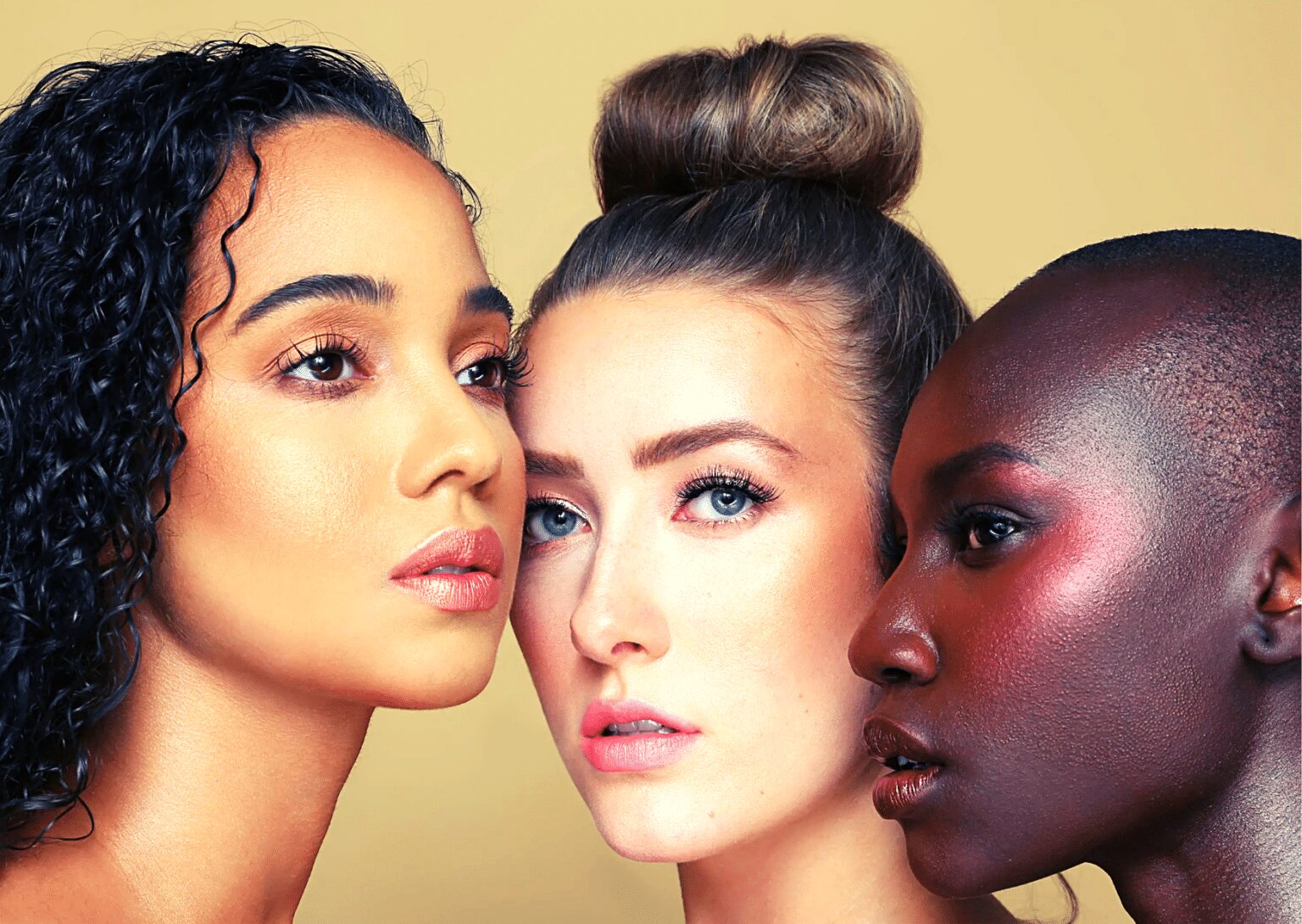According to new research, racialised beauty standards encourage the use of cosmetics that are frequently contaminated with chemicals that harm organs, disrupt the human endocrine system, and increase cancer in communities of colour.
A study on the use of chemical hair straighteners and skin lightening products to match racialised beauty standards was recently published in the journal Environmental Justice by scientists at Columbia University’s Mailman School of Public Health in collaboration with the environmental advocacy group WE ACT for Environmental Justice.
Black and Asian Americans frequently use chemical skin lighteners and straighteners to match the eurocentric beauty norms. These often can contain dangerous chemicals like formaldehyde, mercury, and endocrine disruptors.
Numerous health issues, including uterine and breast cancer, kidney damage, and damage to the nervous system, among others, have been linked to these ingredients.
BIPOC women have historically used a majority of chemical hair straighteners and skin lightening products in an effort to meet the standards of beauty that favour fair skin and smooth, straight hair.
The study also looked at how historically, currently, and culturally Black, Non-Hispanic Black and Hispanic Black respondents used chemical straighteners and how Asian, Hispanic, and Asian respondents perceived skin lightening products.

Image source: Nuvo Magazine
While with the rise of the natural movement, the Black community seems to be moving away from using such products, the Asian community’s response stays the same with skin lightening products.
Racialised Beauty Standards: Hair Straightening
Chemical hair straightening products break the disulfides in proteins within the cortex or inner layers of hair, causing chemical damage. Relaxers may also contain harmful ingredients like parabens, phthalates and formaldehyde.

With usage from an earlier age and first menstruation, these harmful chemicals have been linked with uterine and breast cancers and uterine fibroids.
Comparing the historical and current use, 44% of all participants revealed to have used chemical hair straighteners and relaxers previously, as for the present, it has dropped to 15%. During the survey, the Black participants claimed the majority in historical use with 60% chemical straightener users and slightly higher present users with 19% participants still using these products.
On the other hand, the Hispanic-Black participants were right behind the line with 48% using chemical hair straighteners historically and 24% of participants still using the hair straightening products.
The researchers also inquired about the motivation among the participants to use such products. While the majority of them confirmed that they tried to match the eurocentric beauty standards, 36% of the participants stated it was their personal choice.
Researchers found similar results when inquired about straightened hair giving a more professional, wealthier or younger look – majority of the participants were affirmative.
Racialised Beauty Standards: Skin Lightening
Skin lightening products, also known as bleaching creams, whiteners, skin brighteners, or fading creams, work by reducing the amount of a pigment called melanin in the skin, according to WebMD. They contain an active ingredient or a combination of active ingredients that achieve this.

During the study, 16% of female participants who had used skin lighteners in the past confirmed continuing presently as well. Less than one in 10 participants who identified as femme and who had used skin lighteners in the past confirmed using them presently.
Asian participants made up the majority of skin lightener users among all survey participants, with a frequency of 57% for both past and present use. Results also showed that people who were born outside of the United States were more likely to use skin-lightening products.
Skin lighteners, according to the study, may contain mercury, which can harm the kidneys and nervous system, as well as corticosteroids, which can interfere with the body’s regulation of the hormone cortisol and cause metabolic issues.
The study discovered that perceptions of others’ opinions on beauty were a significant influence on product use. Survey participants who believed that people in their social circles assumed that women with lighter skin are more attractive – were more likely to use skin lighteners than women who weren’t convinced of this in their communities.
The findings corroborated those of chemical straighteners: half said they thought people thought light skin was more attractive, and one-third said that was also how they personally felt. Study participants were also found to be more likely to use skin lightening products if they perceived lighter skin as more attractive or younger, similar to chemical straighteners.













